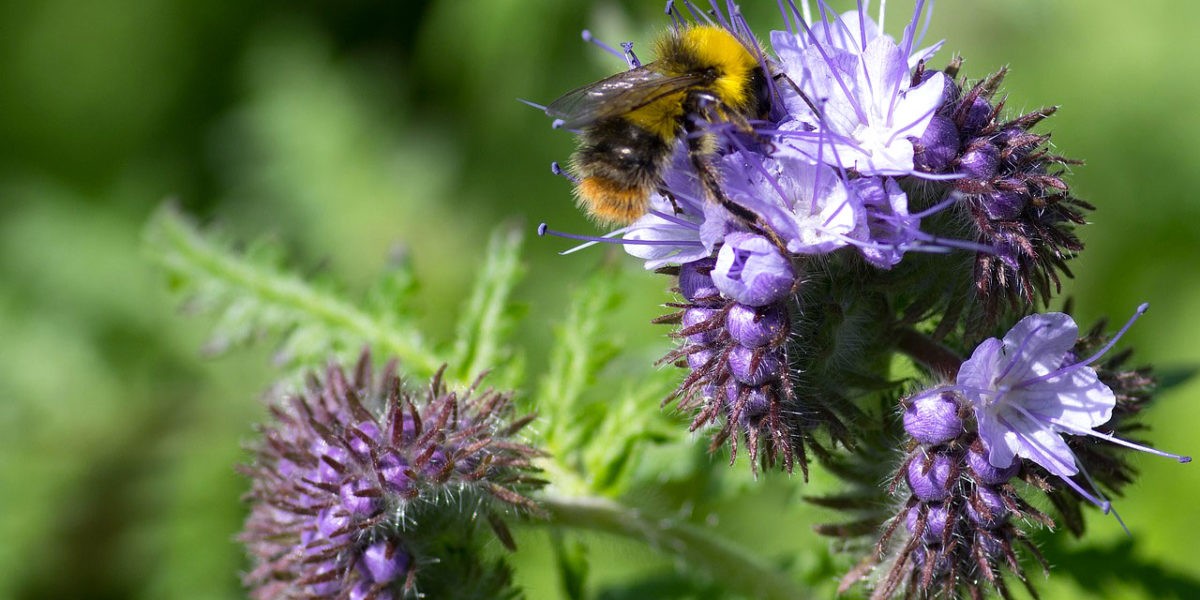
Green manures are the allies of the organic gardener. They allow to fertilize the soil in a 100% natural way and have many advantages.
Contents
Why use green manures?
Green manures are plants that enrich the soil with various nutrients and improve its structure, just as compost or soil amendments would. Indeed, throughout their growth, the roots of green manure plants draw nitrogen, nitrate, potassium, sulfur, phosphorus and other soluble mineral salts from the soil. These are then stored in the plant, in the leaves, stems and roots, and returned to the surface layer of the soil when the green manure decomposes. Green manures act as a pump, bringing nutrients to the surface that are then available for subsequent crops. This is perfect for vegetable garden plants.
How To Use Green Manures
Sow green manures in impoverished soil after several crops or between two crops. They allow the soil to “breathe” a little, like when it is left fallow. Sowing is very simple: simply broadcast the seeds, then lightly scratch the surface and tamp it down without excess. After seeding, keep the soil moist and cool. The best time to mow is just after flowering. This is when green manures contain the most mineral elements in a balanced way. Above all, do it before the green manures go to seed, otherwise they could reseed and “pollute” the following crops. Then let the cut green manures dry for 1 to 2 days and bury them with a light plowing. If you are not a fan of tilling, let the cut plants decompose on the surface of the soil, like a mulch. Your vegetables can be planted in this soil after only a few weeks.
The multiple benefits of green manures
By leaving no bare surface, green manures protect the soil from wind erosion, sun drying out and rain compacting the soil. These temporary ground covers also limit the development of weeds and are very decorative when they bloom. Moreover, by storing fertilizing elements, green manures prevent them from being washed away by rain (especially nitrogen).
Moreover, by developing their root system, they loosen, aerate and progressively structure the soil. The furrows generated facilitate the exchange of air and water with the surface. Finally, by decomposing, they enrich the soil in organic matter and produce a 100% natural fertilizer very efficient.
This decomposition also attracts micro-organisms, which, in addition to degrading the green manure, will degrade other fertilizing elements already present in the soil. They will then be assimilated in greater quantities for the following crops. Examples of green manures Phacelia, mustard and buckwheat are probably the most used green manures.
They are easy to grow and produce many flowers that attract insect pollinators.
Legumes, with their ability to fix atmospheric nitrogen, make perfect green manures: red clover, common vetch, forage pis, red clover, faba bean, white lupin, fava bean. We can also use, as green manures, plants with fast development: forage radish, turnip, Italian ryegrass.
Finally, white clover, oats, alfalfa, comfrey and hemp also serve very well as green manures.

